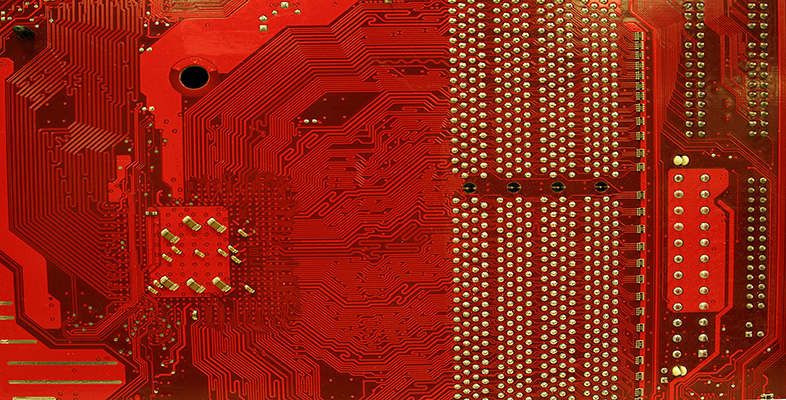2 Minds
The limitations of the 18th century automata are obvious. Perhaps they are best summed up in the 20th-century mathematician Norbert Wiener's words:
Let us consider the activity of the little figures which dance on top of a music box. They move in accordance with a pattern which is set in advance, and in which the past activity of the figure has practically nothing to do with the pattern of the future activity. The probability that they will diverge from the pattern is nil.
This was as obvious to the people of the 18th century as it is to us. It was clear to them that mechanical automata, and probably animals too, lacked something crucial – some animating spark, some vital force, that would enable them to act intelligently and purposefully on their own. They lacked the quality of agency. They lacked minds.
